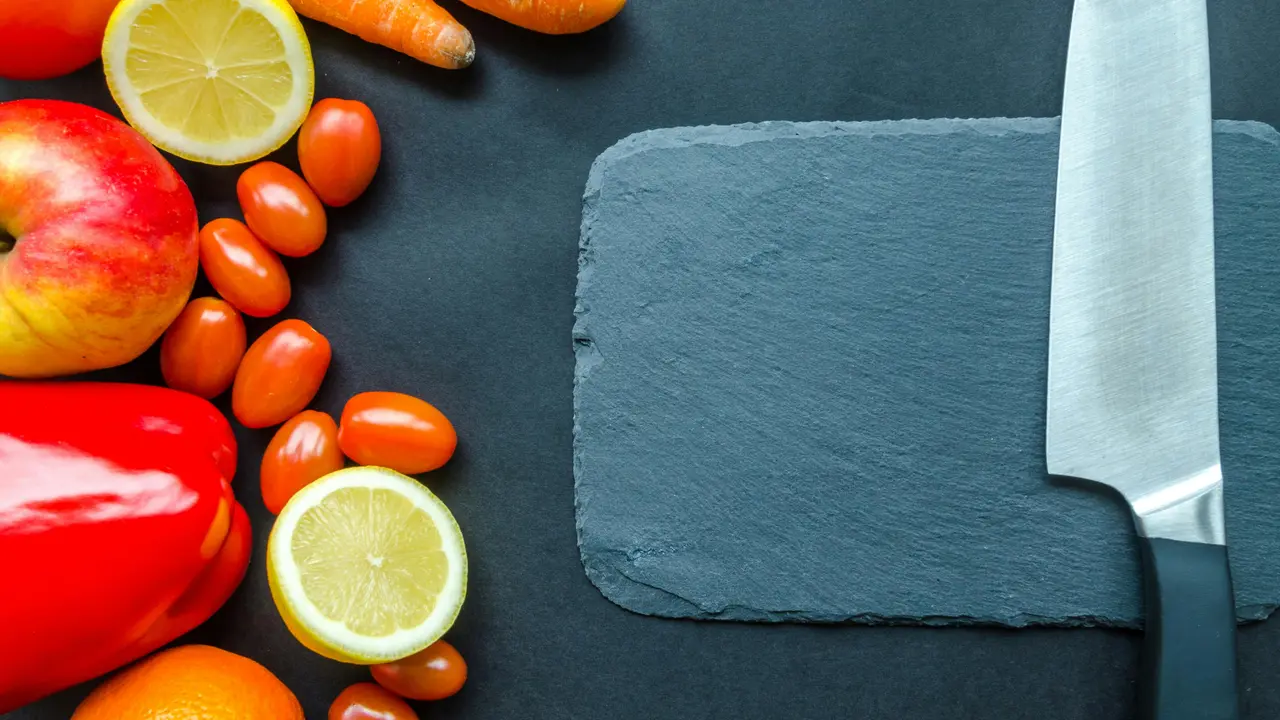Are you curious about how much calories are in a cup of coffee? This popular beverage is a staple in many people’s daily routines, but its calorie content often remains a mystery. In this article, we will explore the calorie count of coffee, factors that influence it, and how different brewing methods can alter its caloric value, all to help you make informed choices about your coffee consumption.
How Much Calories Are in a Regular Cup of Coffee?
Understanding Black Coffee Calories
When considering how much calories are in a cup of coffee, it’s crucial to distinguish between black coffee and coffee with additives. A standard 8-ounce (240 ml) cup of black coffee typically contains only about 2 calories. This minimal calorie count makes black coffee an excellent choice for those looking to minimize their caloric intake.
Caloric Contributions from Additives
Several factors can significantly increase the calorie count in your cup of coffee:
- Sugars: Adding a tablespoon of sugar adds approximately 49 calories to your coffee.
- Milk and Cream: A tablespoon of cream contains about 52 calories, while the same amount of whole milk would add around 9 calories.
- Syrups and Flavorings: Flavored syrups can vary widely in calories, often adding anywhere from 50 to 150 calories per serving.
How Brewing Methods Affect Coffee Calories
Different Brewing Techniques
The brewing method you choose can also influence how many calories are in a cup of coffee. Here are some common brewing methods and their typical caloric contents:
- Drip Coffee: Generally low in calories, similar to black coffee.
- Espresso: Contains about 1 calorie per ounce, so a double shot (2 ounces) has about 2 calories.
- French Press: Typically similar in calorie content to drip coffee, but may have slightly more due to the residual oils from coffee grounds.
Cold Brew vs. Hot Brew
Cold brew coffee can sometimes have a different caloric profile compared to hot brewed coffee, mostly due to how it’s prepared. However, if served black, the calorie difference is negligible. Always be cautious with the additions, as they can ultimately alter the caloric content significantly.
Comparing Coffee Varieties and Their Calories
Decaffeinated vs. Regular Coffee
Another aspect to consider is the difference in calorie counts between decaffeinated and regular coffee. Generally, the difference is minimal, but there can be slight variations depending on the brand and preparation.
Specialty Coffees
When looking at specialty coffee drinks like lattes and mochas, the calorie count can skyrocket. Here are some examples:
- Latte (8 oz): About 150 calories with whole milk and no added sugars.
- Mocha (8 oz): Can easily exceed 300 calories depending on the syrup and whipped cream added.
- Frappuccino: Often contains upwards of 400 calories when considering sugar and cream.
Health Considerations Related to Coffee Calories
Caloric Intake in Moderation
Understanding how much calories are in a cup of coffee can help you make healthier choices in your diet. Moderate coffee consumption is safe for most people and can even offer health benefits, such as improved mental alertness and potential reduced risk of certain diseases.
Balancing Coffee and Caloric Goals
For those monitoring caloric intake, it’s essential to consider how coffee fits into your overall diet. Tracking your coffee additives is just as important as being mindful of your meals. To maintain a balanced caloric intake:
- Opt for black coffee or use low-calorie sweeteners.
- Choose milk alternatives like almond or oat milk, which can be lower in calories.
- Control portion sizes when indulging in specialty coffee drinks.
The Bottom Line on Coffee Calories
Making Informed Choices
In summary, the question of how much calories are in a cup of coffee varies significantly based on the type of coffee and the ingredients added. A standard cup of black coffee is low in calories, while flavored and specialty options can contribute a substantial amount to your daily caloric intake. By understanding these factors, you can enjoy your coffee guilt-free.
Take Action
Now that you know how many calories are in a cup of coffee, consider experimenting with different brewing methods and additives to find your perfect cup. Don’t forget to share this article with friends who might be curious about coffee calories, or check out our other articles for more health and nutrition insights!
Calories – Recent Articles
- How Many Calories in Green Olives? Discover the Surprising Facts!
- Discover How Many Calories Are in Steamed Green Beans!
- How Many Calories Are in a Starbucks Pink Drink? Find Out!
- How Many Calories is a Piece of Toast with Butter? Find Out!
- Discover How Many Calories in a Mike’s Harder Drink!
Calories – Useful Links
- NCBI Bookshelf – Calories (StatPearls)
- NCBI – Information about Energy Balance
- NHLBI / NIH – Energy Balance and Obesity (We Can! Healthy Weight Basics)
- USDA – FoodData Central
- CalorieControl.org – Food Calorie Calculator
